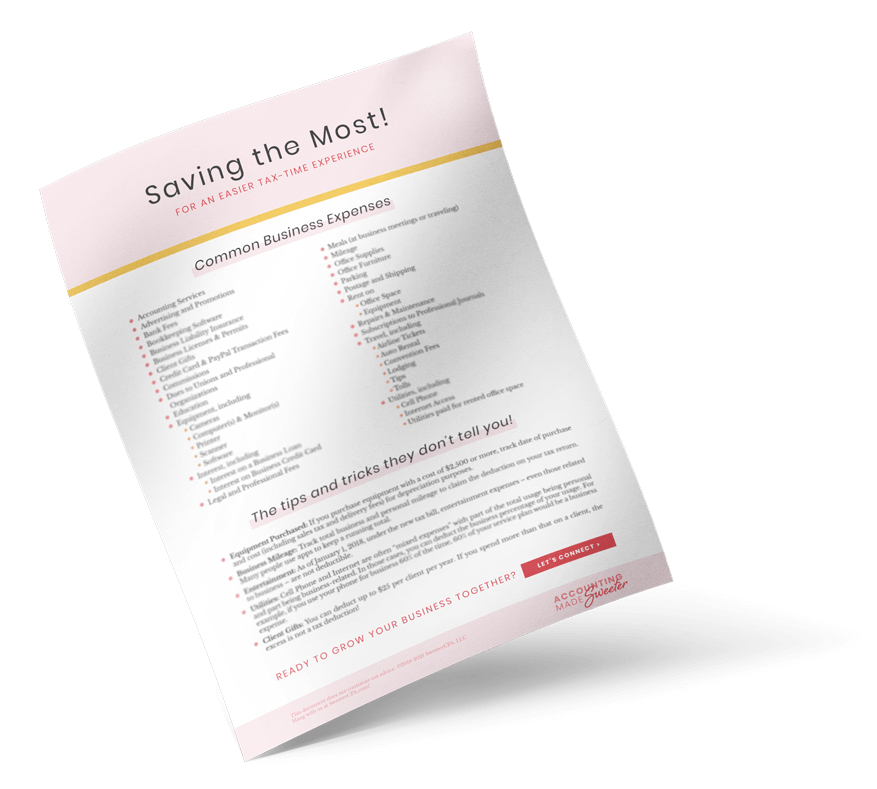Resources
- IRS Simplified Employee Pension Plan (SEP) Home Page
- IRS Publication 560, Chapter 2: Simplified Employee Pensions (SEPs)
- Rate Table for the Self-Employed
Why YOU Should Care
A Simplified Employee Pension (SEP) Plan allows employers to make contributions to Individual Retirement Accounts (IRAs) for their employees. Contribution limits are higher than for Traditional IRAs managed by the employees, so this could be a significant retirement vehicle.
What is a SEP plan? How much can I contribute?
A SEP plan is funded by employer contributions on behalf of the employee to an IRA. The employer can contribute 25% of the employee’s compensation up to $53,000 for 2015.
The employer must contribute equally for each eligible employee. As the plan is funded by the employer, there are no elective deferrals. Catch-up contributions (wherein people over the age of 50 contribute more to a retirement plan as their retirement date is sooner) are also not allowed.
Contributions do not need to be consistent in amount year over year. For instance, in a year where business is leaner, the employer can contribute less to each employee’s SEP IRA as long as all eligible employees receive the same amount.
Who is an eligible employee?
An eligible employee:
- Is 21 years of age or older
- Worked for the employer for at least three of the past five years
- Received at least $600 in compensation in 2015
Employers can choose to have less-restrictive requirements.
Contribution Deductions
The deduction for SEP-IRA contributions should occur in the year contributions are made.
In general, a company can deduct the amount it contributes to employee’s SEP-IRAs. This deduction maxes out at the maximum contribution allowable for the year (i.e., you can only deduct up to the maximum contribution amount for the year). If you contribute to your own SEP-IRA as a self-employed individual, you calculate this contribution deduction as follows:
- Your compensation for the maximum contribution calculation is your net earnings from self-employment minus
- The deduction for the deductible portion of your self-employment tax
- The deduction for your own SEP-IRA contributions
Talk to your accountant or investment adviser in the first year to make sure you have your plan set up properly and contributions are allowable and deductible.
Distributions and Rollovers
Distributions from a SEP-IRA are made subject to the rules of Traditional IRAs. This means that there is a penalty for early withdrawals and the employee must start taking distributions by April first of the first year after the calendar year in which he or she turns 70.5.
Similarly, employees can rollover their SEP-IRAs to another Traditional IRA account should they leave the company.



